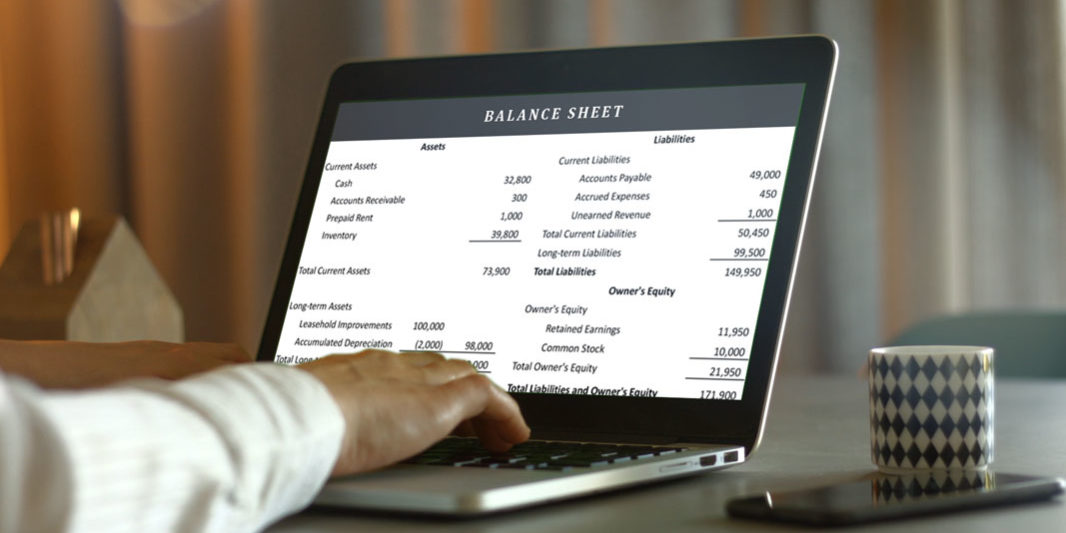The profit-volume (P/V) ratio is a key metric for measuring a business’s profitability. It shows how a company’s profit changes in response to changes in sales volume. The P/V ratio is also known as the contribution ratio or marginal ratio.
A company determines the selling price of its products after calculating of the fixed cost, variable cost involved in productions and sales of the items produced by it. There are three other important workings in the process viz. profit volume ratio, breakeven point and margin of safety. Let us study how the companies examine all these.
Fixed cost: The Company has to meet its overhead expenses, irrespective of the volume of production and the sales. This expense is fixed and does not change proportionately to sales. Therefore, these fixed expenses are called as fixed cost.
Variable Cost: The Variable costs are those expense which changes with the level of sales. Thus, the variable cost is the important cost in deciding profitability when fixed costs are constant.
What is Profit Volume ratio?
The Profit Volume (P/V) Ratio is the measurement of the rate of change of profit due to change in volume of sales. It is one of the important ratios for computing profitability as it indicates contribution earned with respect of sales.
The PV ratio or P/V ratio is arrived by using following formula.
P/V ratio =contribution x100/sales (*Contribution means the difference between sale price and variable cost).
Here contribution is multiplied by 100 to arrive the percentage.
For example, the sale price of a cup is Rs.80, its variable cost is Rs.60, then PV ratio is (80-60)× 100/80=20×100÷80=25%. .
From the above example, we may observe that the variable cost is the important cost in deciding profitability when fixed costs are constant.
When P/V ratio is high it indicates the high profit margin. A low P/V ratio indicates low profit margin. In the cases of low margin, the company has to either increase the selling price to improve the PV ratio or increase the sales turnover to earn satisfactory profit in the business. The situation of high PV ratio is called profitable situation.
The following illustration further clarifies how to calculate the p/v ratio, breakeven point and the margin of safety ratio.
Illustration 2:
Let us assume a company’s sales are Rs.1000000 @ Rs.10 per unit. Its fixed cost is Rs.250000 and variable cost is 600000.
Now let us calculate contribution* i.e. 1000000-600000= Rs.400000/-
P/V ratio =contribution x100/sales i.e. 400000×100/1000000=40%
PV ratio=40%
Now we will find out what is breakeven point (BEP).
The break- even point is a point of sales of a company wherein total sales covers exactly its total costs and there is no profit or loss at that point of sales. The company can make profit when its sales exceed breakeven point. The formula for calculating breakeven point (BEP) is as under.
X= Fixed Cost÷ (Price-Variable Costs) i.e. X =FC÷ (P-V)
Wherein X is the total number of units to be sold, FC is the Fixed Cost, P is the price of the unit, V is the variable cost per unit.
We know Fixed cost=250000, P=10, V=6
X=250000/10-6=250000/4=62500 units
Thus, the company shall sell 62500 units @ Rs.10 per unit to reach the breakeven point . In the other words the company’s sales should be Rs.625000 @ Rs.10 per unit to reach the break even point.
We can calculate BEP in another method
BEP=Fixed cost/PV ratio,= 250000/40%= Rs.625000/-
It means the company’s sales should be Rs.625000 @ Rs.10 per unit to reach BEP. In the other words, company has to sell 62500 units @ Rs.10/- per unit to reach the break even point.
Margin of safety (MOS) is the difference between actual sales and break even sales. In other words, all sales revenue above the break-even point represents the margin of safety.
1000000-625000=375000
Margin of safety (MOS) is also calculated by another formula
Margin of safety=Profit/PV ratio
Profit earned is total sales – fixed cost-variable cost
=Rs.1000000-250000-600000=150000
=150000/40%=Rs.375000
Related article:
How to calculate breakeven point?
Limitation of ratio analysis is explained







Great and straightforward explanation.
A clear explanation and easily understandable
Great Explanation but there is a single mistake in numerical numbers
When you are dividing the 250000/4 two lac fifty thousand into 4 so how could be the answer will be six lac twenty-five thousand 625000.
If it’s my mistake so please rectify me.
You are right. Thank you for pointing out a serious mistake in the illustration. I have since rectified the mistake. Regards.
250000/(40/100)=(250000*100)/40=25000000/40=625000
quite appealing and easily made concepts clear . just onething i wanna know , how this formula of p/v ratio is derived !